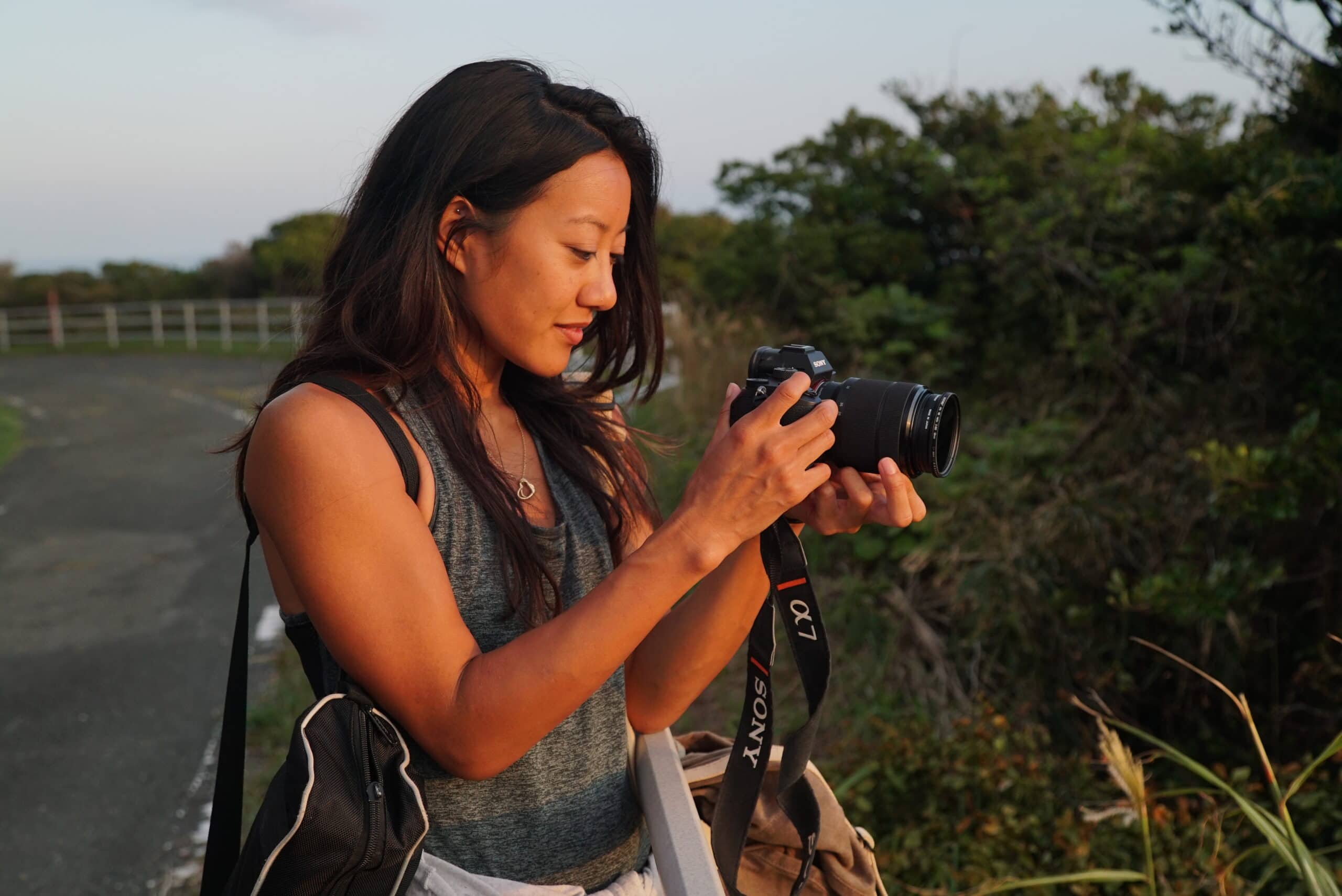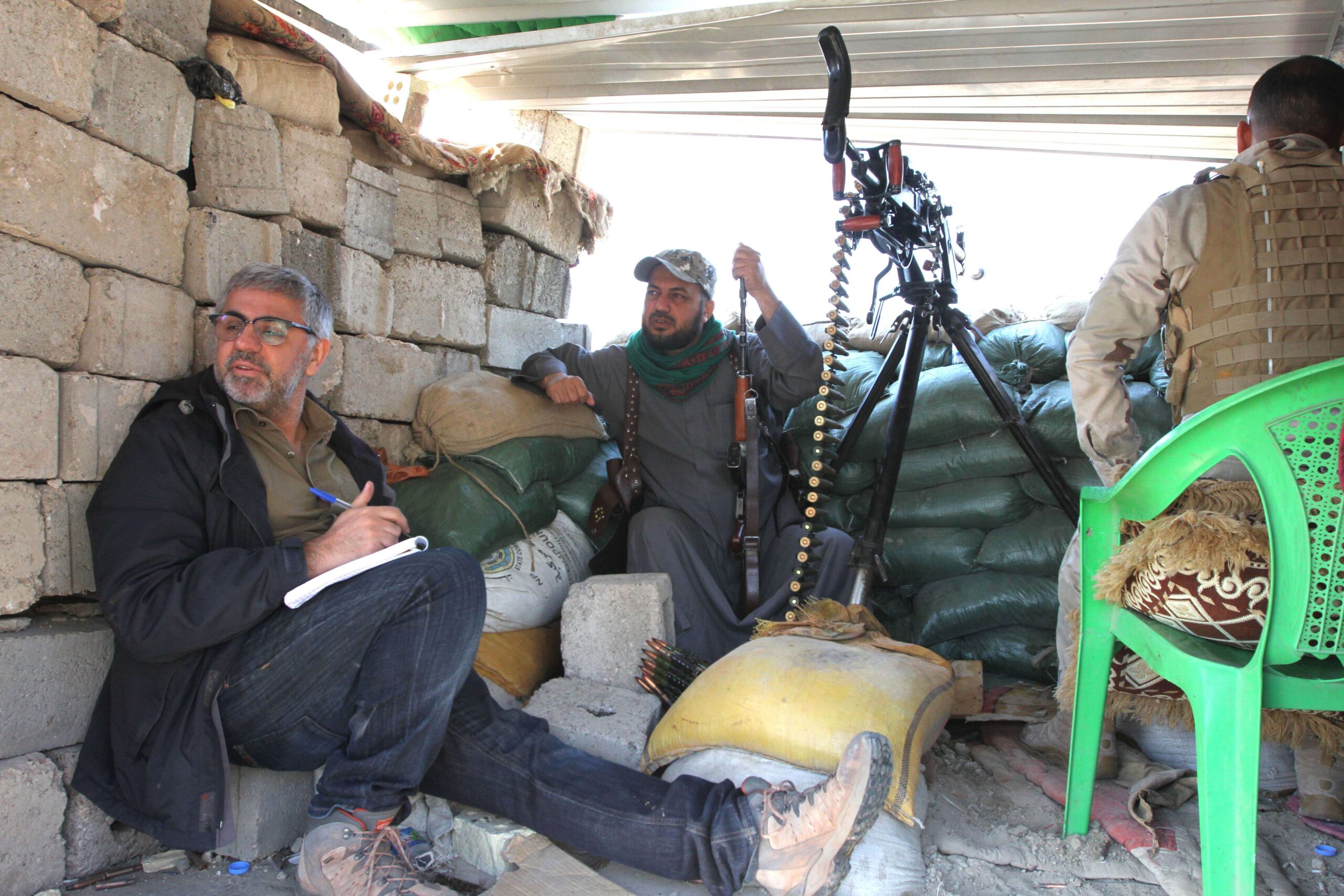What benefits does an NGO reap when they have its community tell its own stories?
Researchers Jess Crombie and David Girling set out to answer this question through a visual storytelling experiment conducted in partnership with Amref, the largest NGO based in Africa. The precise research question posed was:
“How do audiences respond financially and emotionally to stories of poverty controlled and created by the image ‘subjects’ in their own words, as opposed to fundraising materials designed by an INGO?“
Essentially taking the power out of the hands of the NGOs and giving it to the people in the stories.
David Girling, Director of Research Communications at the University of East Anglia, initiated the research project and partnership with Amref. He then invited Jess Crombie to participate due to her experience researching and writing The People in the Pictures: Vital Perspectives on Save The Children’s image making.
The project centered on empowering community health workers (CHWs) in Kibera, Kenya to document stories of their work. Jess and David worked with local photographer, Natalia Jidovanu, to deliver a 5-day workshop that trained CHWs to produce their own stories. Provided with cameras and storytelling knowledge, the CHWs documented their work and assembled a narrative. These stories were then sent to half of Amref’s UK donor base, in lieu of the CEO’s letter containing a fundraising appeal.
Patrick Malachi, one of the participating CHWs, produced several photos of people in the community and notably, features himself only once. He narrates the experience of working with elderly people, posing questions directly to the reader, such as, “Have you ever encountered an elderly person who is lonely, frustrated and sick?” Never in Patrick’s narrative does he request funds. In a webinar where Girling and Crombie present the project, Crombie notes, “[Patrick’s] tone is passionate and caring but also quite raw and emotional.”
Here is a spread of Patrick’s first-person storytelling featured in the fundraising pack sent out to half of Amref’s UK donors:
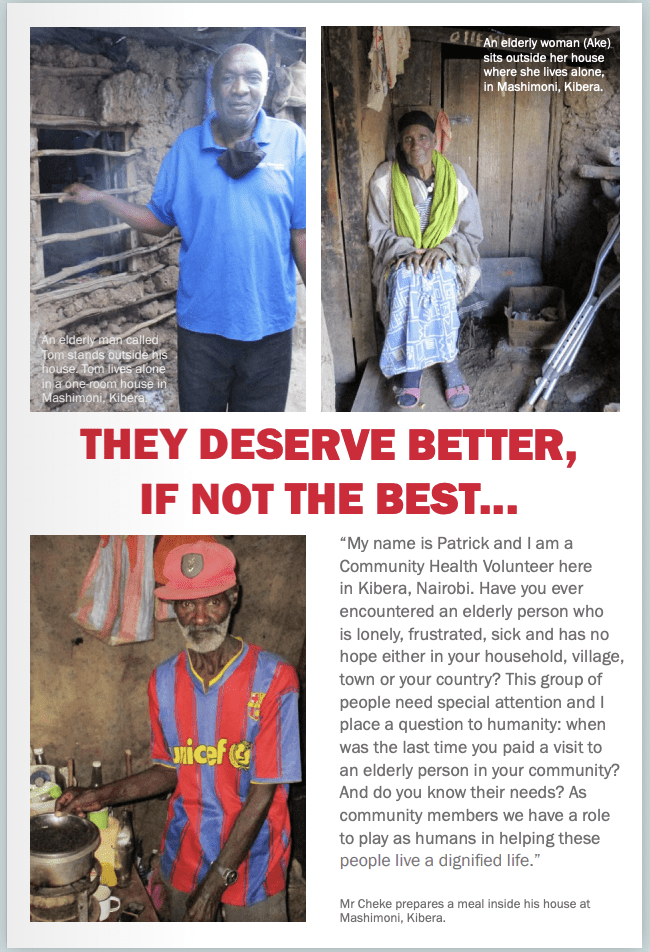
For comparison, here is the other fundraising pack featuring a portrait of Patrick alongside a letter penned by the Amref CEO:
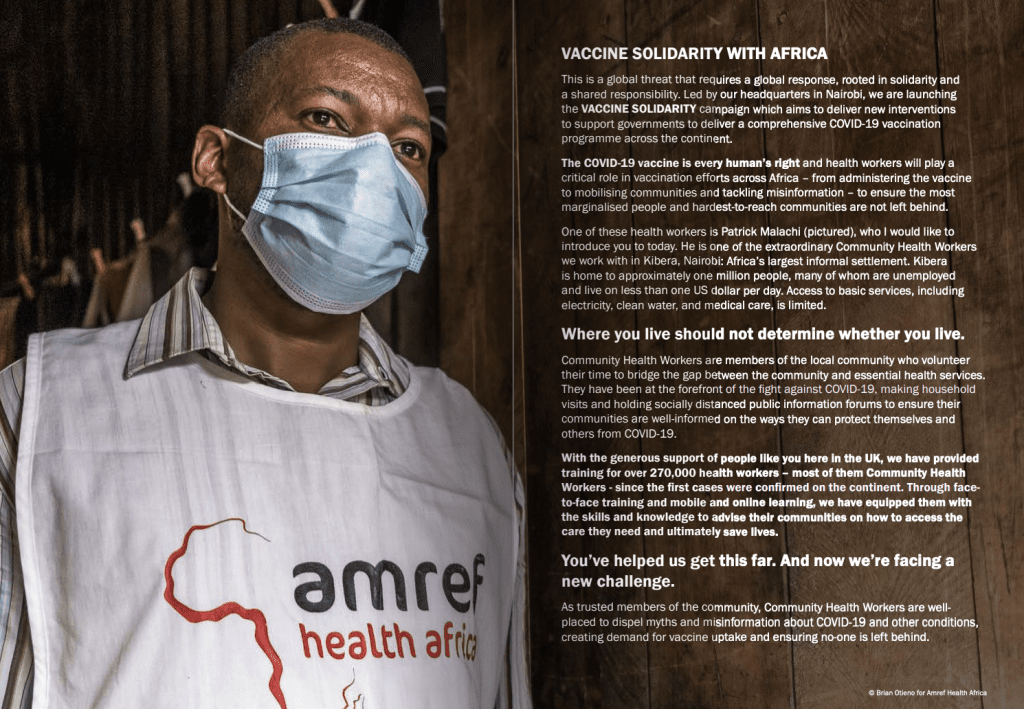
In the CEO-penned narrative, Patrick and the community he serves is only mentioned by name once.
So, what happened when the pamphlets were sent out?
- Patrick’s narrative was sent to 898 supporters, yielding 88 gifts totaling 6,708 GBP.
- The CEO narrative was sent to 896 supporters, yielding 110 gifts totaling 6,105 GBP.
Key findings:
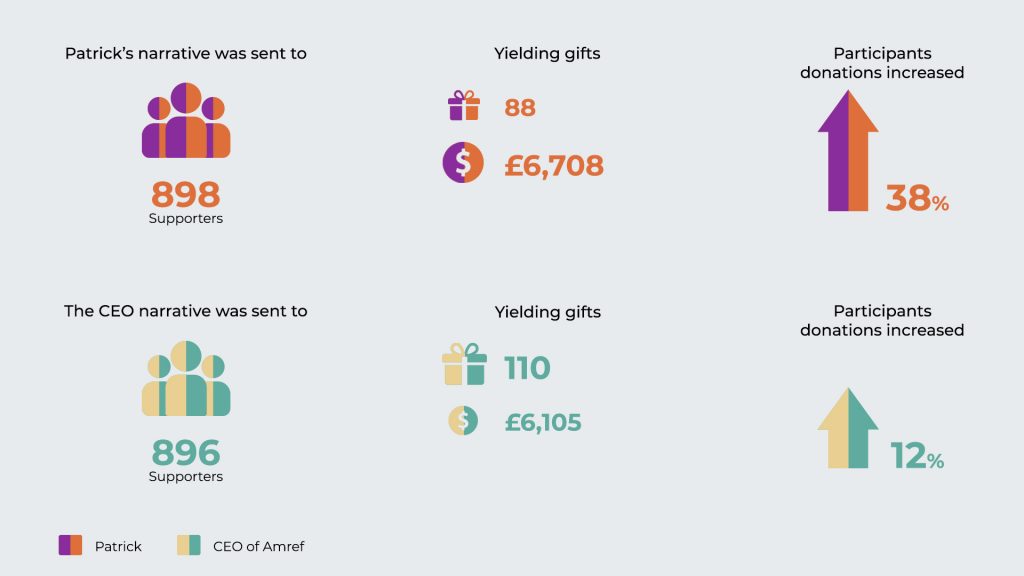
The data shows that the participants’ narrative raised more money overall, even though fewer gifts were received.
The participants’ package had an average of a 38% increase in donations than Amref’s typical appeals while the CEO narrative had a 12% increase.
Each donation with Patrick’s story was on average 38% higher, indicating that a donor audience responds positively to having a direct connection to beneficiaries. Jess advises, “The NGOs shouldn’t be the primary communicator. Communication should be between the donor and beneficiary with the organization as the facilitator. The comments we got back said the [participant] funding ask was more authentic and more trustworthy.”
Survey respondents said that they “recognized that the participant pack was deliberately trying to overturn saviorist narratives” and therefore responded with larger donations.
The Amref experiment is a wonderful testament to the power of authentic, firsthand storytelling. The benefit for NGOs goes far beyond finances; it generates trust and solidarity among an NGO’s network, an asset that maximizes impact in the short-term and beyond.
If you’re interested in learning more about this research please reach out to Jess Crombie, and if you’d like to brainstorm about how to create impactful first-person appeals for your NGO, please schedule a chat with our agency.


